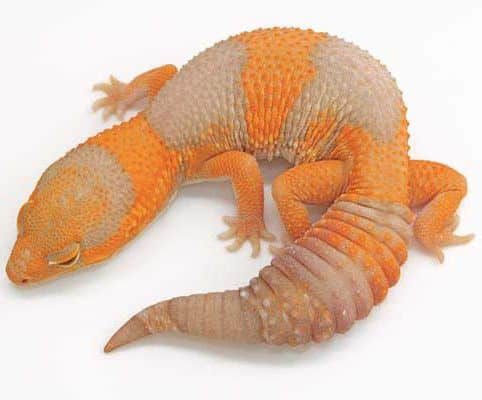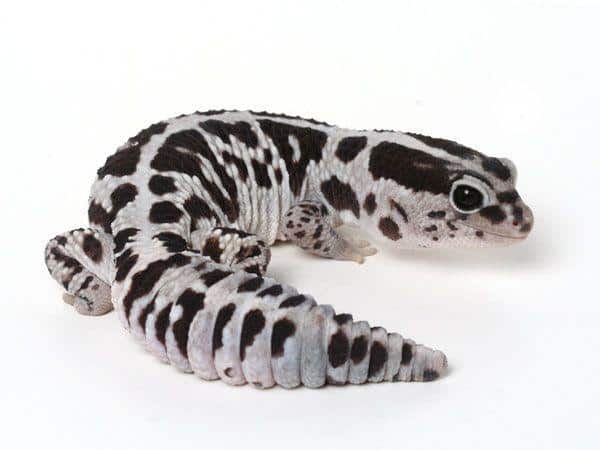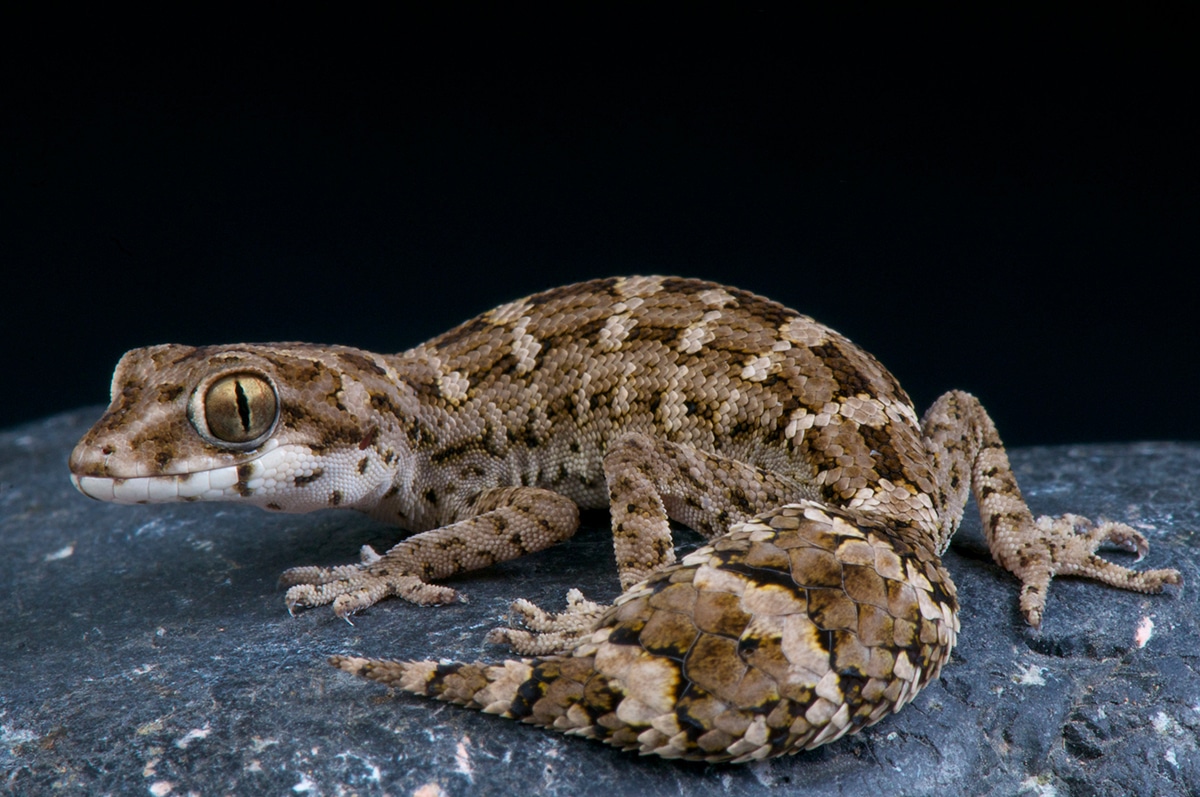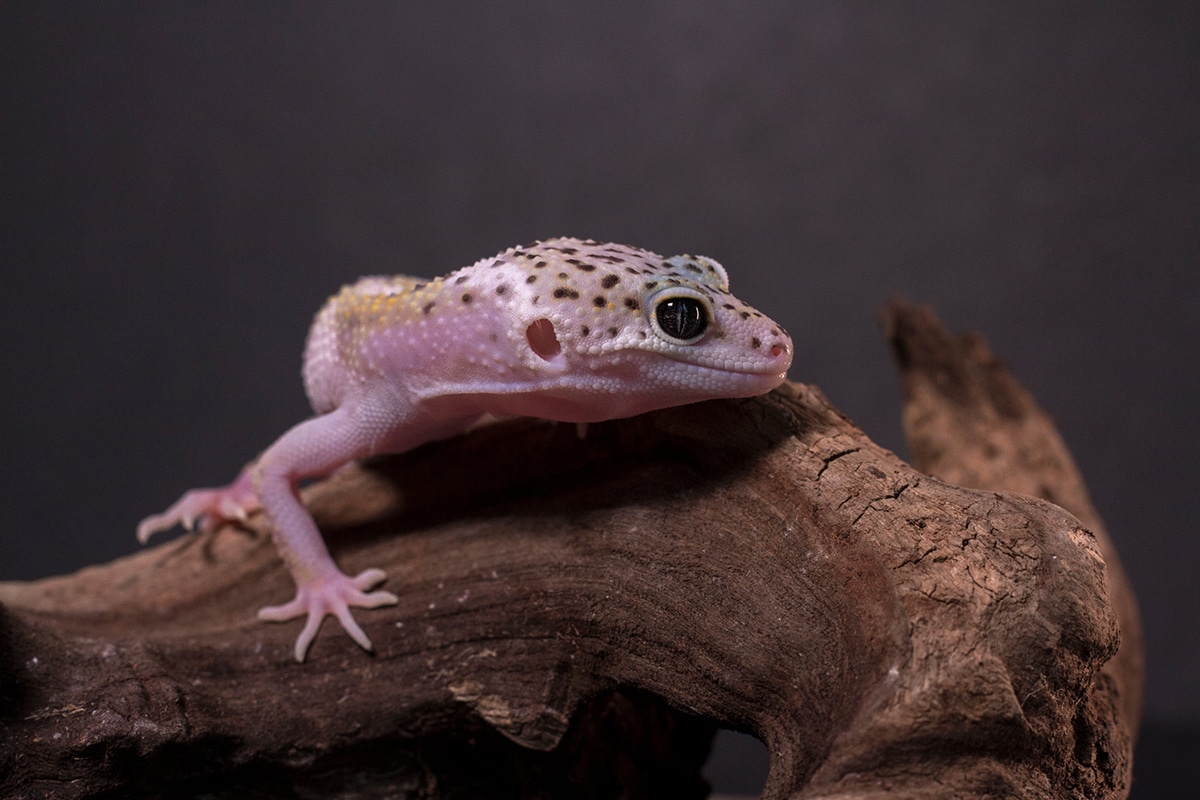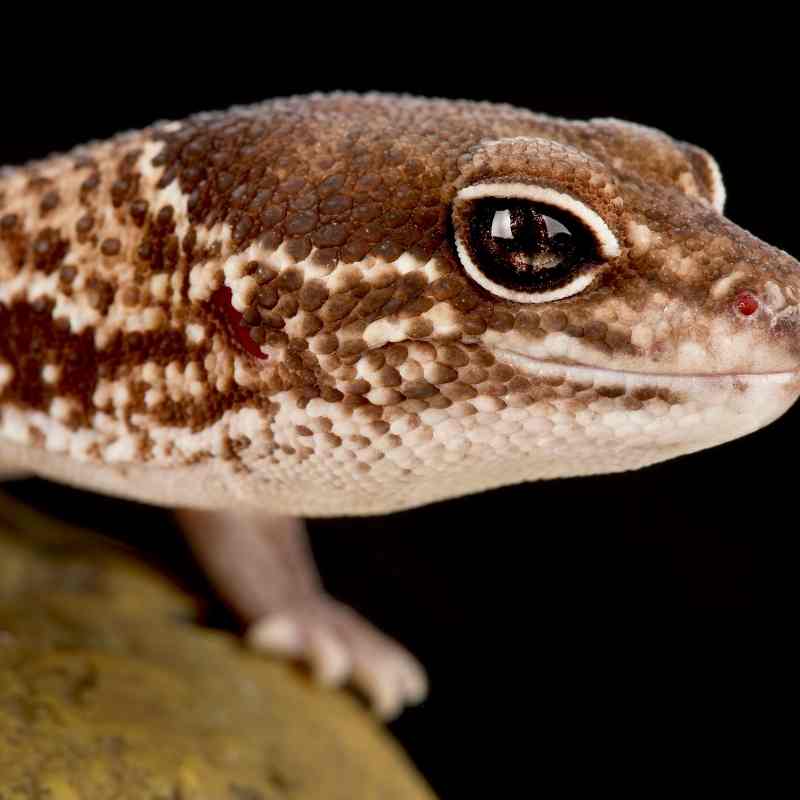How to Breed African Fat-Tailed Geckos
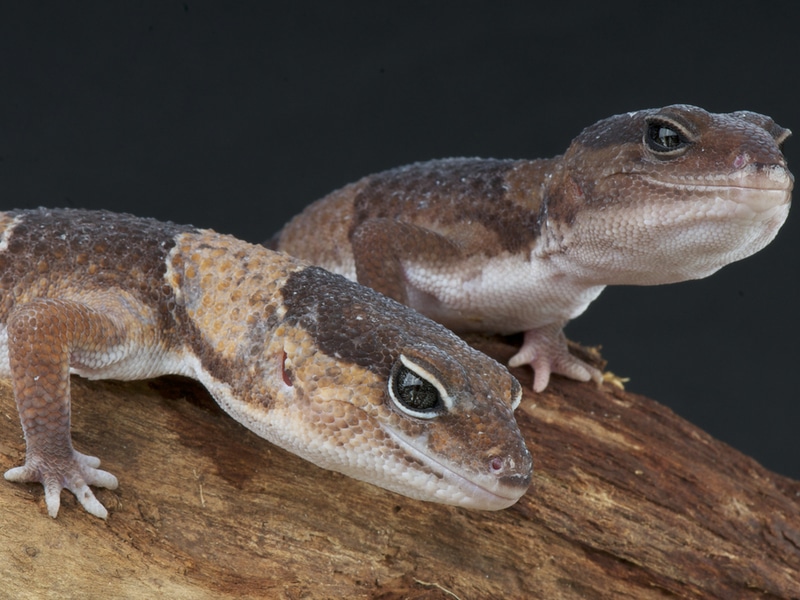
African fat-tailed geckos are known to be docile and easy to care for, making them a great reptile pet today for both hobbyists and commercial breeders.
If you are looking to be a breeder of this species yourself, be prepared to take notes in this guide on all about breeding the African fat-tailed gecko.
Contents
How Do You Breed the African Fat-tailed Gecko?
To breed the African fat-tailed gecko, you need to consider a few important factors:
- Breeding time
- Cooling period
- Introducing the males and females
- Taking care of the eggs and hatchlings
Breed Your African Fat-Tailed Gecko At The Right Time
Before you think of breeding your fat-tailed geckos, you need to make sure that they are healthy and sexually mature. You also need to think of their breeding period – When is the best time to breed them? What months of the year?
When Is The Breeding Season?
They have a breeding season of around 5 months in length each year. This season begins from November up to March. It is ideal to follow the natural breeding season. Late fall, winter and spring are said to be the most successful months for breeders. But, it’s not a big issue if you do stray from it.
Although African fat-tailed geckos are seasonal breeders, they lay eggs at various times throughout the year. However, temperature and humidity always play important roles in this case.
How Old Should They Be To Breed Them?
Ideally, the males need to be at least 8 months old, weighing around 45 grams while the females need to be a minimum of 1 year old, weighing no less than 60 grams.
The Importance Of The Cooling Period
A short cooling period is needed to stimulate breeding. Although it is not necessary, it is better to separate males and females during this time as it helps the male to become more stimulated when they are introduced to mate later on.
To begin the cooling period, the temperatures are dropped gradually within 30 to 60 days until the hot spot of the enclosure reaches around 82 degrees Fahrenheit and the cool side of the enclosure is in the low to middle 70s.
Once the cool-down period starts, you also need to feed the geckos less food. You can stop feeding the gecko 1 week before the cool down. This coupled with the dropping temperatures will slow their metabolisms down, allowing them to burn less weight.
How Long Is The Cooling Period?
The cooling period lasts about 4 to 6 weeks. After this, you can start to warm up the enclosure a few degrees every day until the temperatures are back to normal. You can also resume feedings but still at reduced quantities, especially for the first few – two to three crickets each should be sufficient.
Introducing the Males and Females African Fat-tailed Geckos
You can begin introducing males to females a few weeks after the cooling down period when temperatures are back to normal and they are fully feeding.
You can choose to breed them in groups ranging from one male with two females to one male with eight females. The geckos may mate immediately, or it might take a while. Regardless, there is no problem leaving males in with the females for the rest of the breeding season.
You can also take the male out after several days. However, you might need to do this repeatedly until you have a successful mating. Soon enough, the females will ovulate and eggs will begin to develop
To add, you need to remember to avoid housing males together as they can be very territorial.
Learn more about cohabitation among geckos
How To Know That They Are Mating?
Initially, the male will show aggression towards the female. He will start biting her to see if she is receptive ie. she will not bite back. If she is receptive, he will place his body alongside hers, bit her neck to keep her in position, as they start to mate.
You will also notice the male wiggling his tail very quickly and this mating process can be loud at times, however, it’s normal.
When Do The Females Lay Eggs?
The females will normally lay eggs 4 weeks after a successful mating. They will lay clutches of two eggs at a time at 2 to 4 weeks intervals, each consisting of 1 to 2 white oval eggs. Although they are seasonal breeders, they will lay eggs at various times throughout the year as long as they have the ideal temperature and humidity.
However, fertility decreases with age. Young geckos may not be as fertile whereas older ones may stop producing eggs at all. Females’ productivity also depends on their health – those that are healthy can easily lay up to 8 clutches per year.
Taking Care Of The Eggs and Hatchlings

During mating season, it is important to provide suitable containers or hide boxes where females can lay their eggs. Once the eggs are laid, you need to remove and place them in a separate container containing some substrate mix where the eggs can be incubated.
Why Do The Eggs Need To Be Incubated?
The temperature at which the eggs need to be incubated determines the sex of the African fat-tailed geckos. This means that you can decide to have female or male baby geckos by incubating the eggs at a certain temperature.
The experiment shows that to get females, the incubation temperatures need to be about 83 to 85 degrees Fahrenheit. Whereas, if you wish to get males, the incubation temperatures need to be at about 88 to 89 degrees Fahrenheit
How Long Does It Take For The Eggs To Hatch?
Males will tend to hatch faster due to the higher temperature. Eggs incubated at 88 to 89 degrees will hatch in 43 to 48 days. Females on the other hand take longer due to the cooler temperatures. Eggs incubated at 83 to 85 degrees will hatch in 55 to 70 days.
What Should I Do After The Eggs Hatched?
After the eggs have hatched, you should house them in two or four, in a shoebox-sized enclosure. Temperature and humidity requirements are the same as adults – between 80 to 90 degrees Fahrenheit.
You can begin to offer the baby geckos food a couple of days after hatching as they will still live off their yolk. Do not house baby geckos and adults together as they will intimidate the babies. Simply wait until they weigh 15 grams and only then they can be put in adult housing.
Read more about fat-tailed gecko eggs here
How To Differentiate A Male African Fat-Tailed Gecko From A Female?
You can only tell their sex when they get older by examining the underneath of the gecko. Males will have ‘v-shape’ pre-anal pores and have two bulges at the base of their tails. Females on the other hand either lack or do not have both the pre-anal pores and bulges.
Another way of knowing is simply by looking at them. Females are smaller than males; they are heavy-bodied with thicker necks and broader heads.
Should You Breed Your African Fat-Tailed Gecko?
Yes, African fat-tailed geckos should be bred but, only under the right conditions.
By having captive breeding programs, you are ensuring that the capture of this species from the wild is unnecessary. If captive-born geckos are produced enough, this will help fulfill the demand for geckos that are needed to provide to humans not only as pet trades but also in research.
Here is a list of African fat tail morphs that you can look at so you can pick your favorite one. This article has prices so you know how much they are too.
